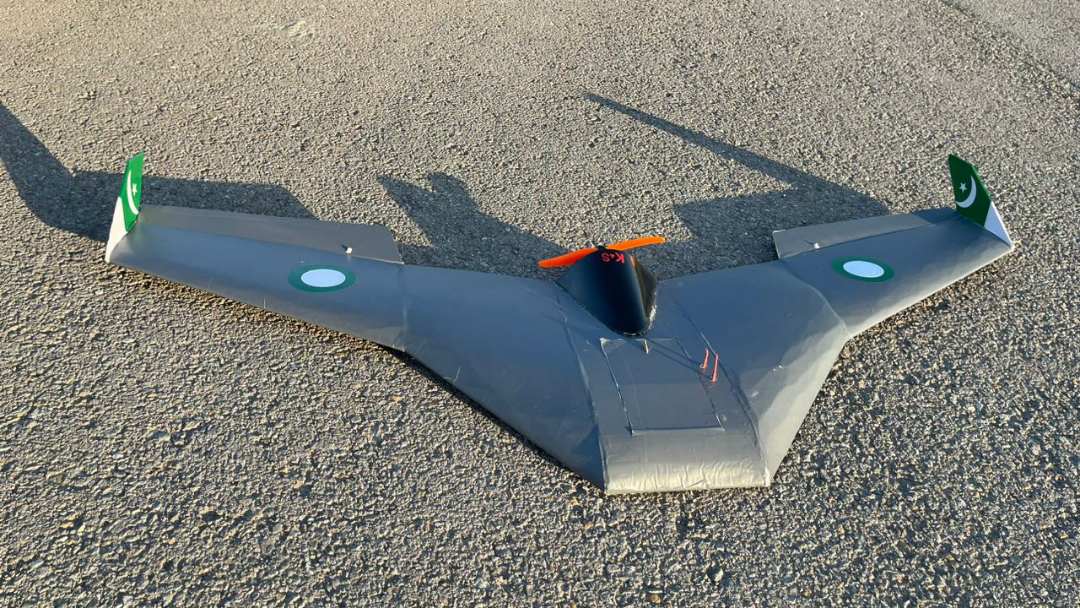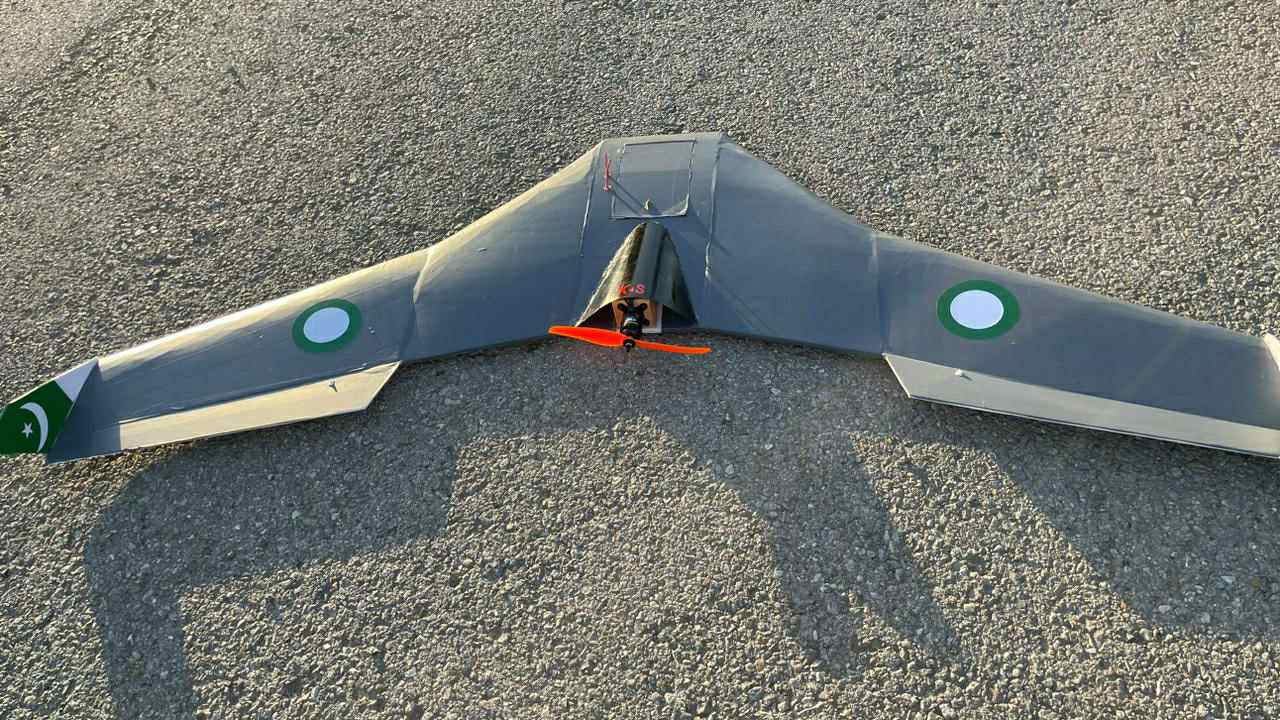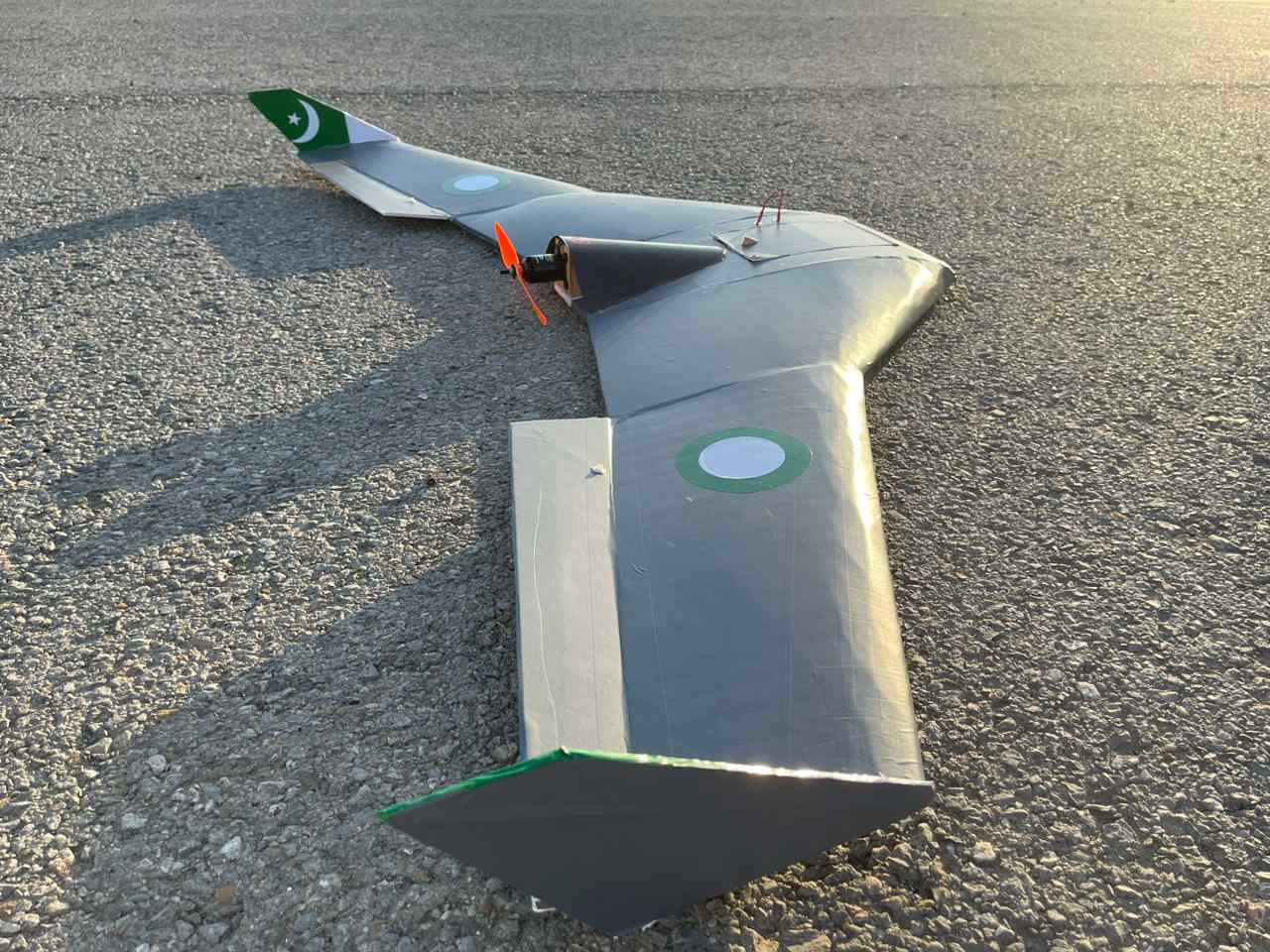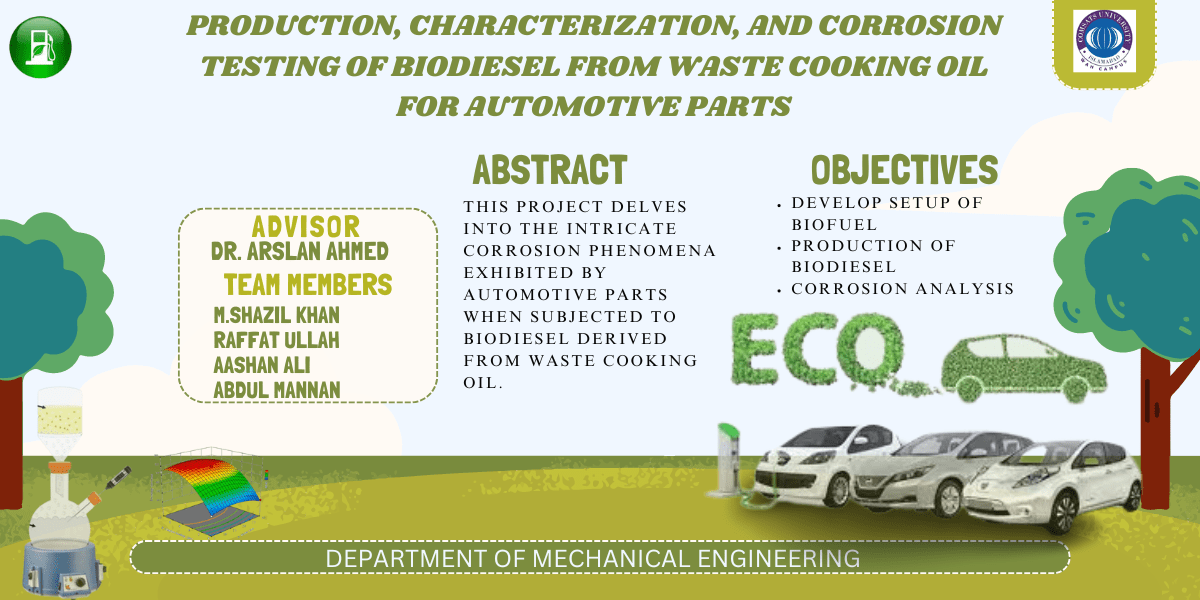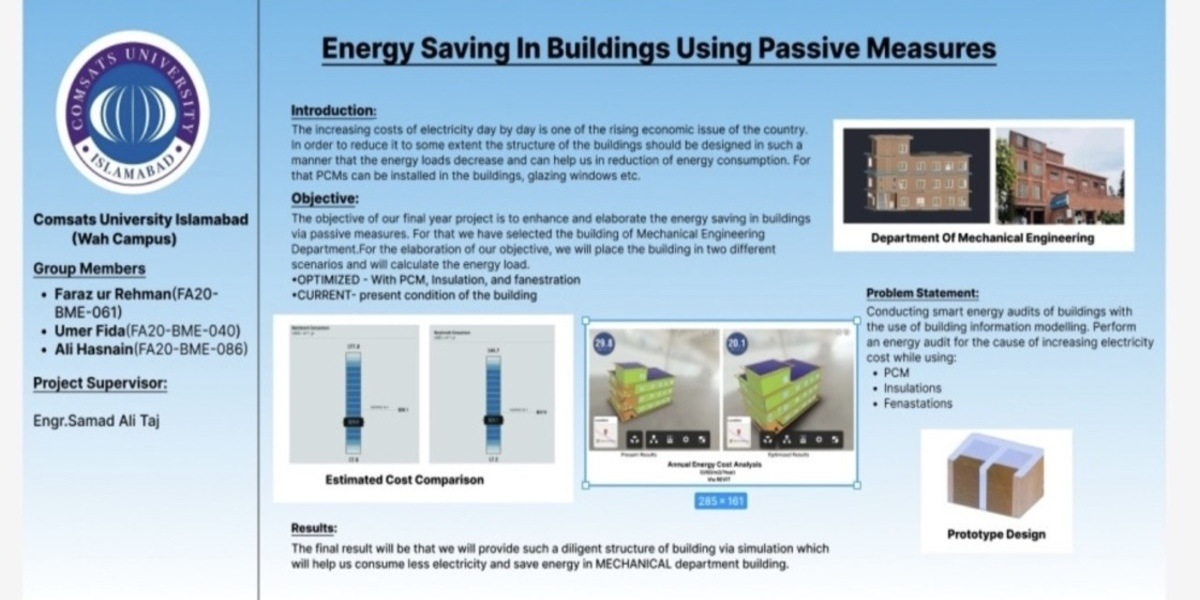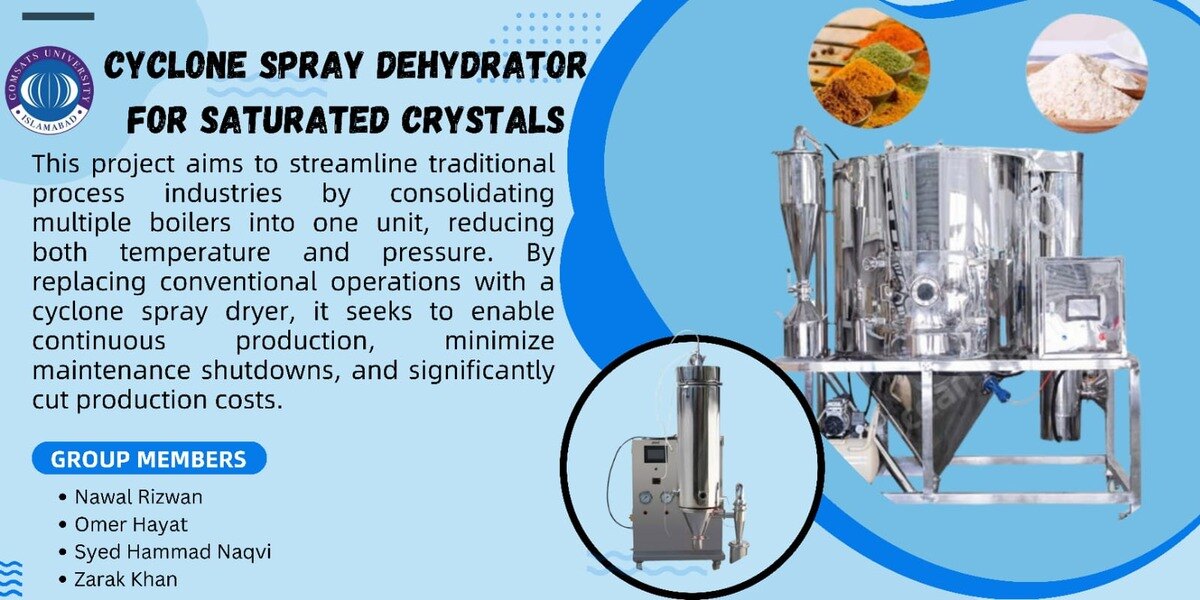Our project delves into the cutting-edge realm of unmanned aerial vehicles (UAVs), specifically focusing on the innovative design of Blended Wing Body (BWB). Our blended wing body drone is capable of vertical take-off and landing with great aerodynamic capabilities and control. Blended Wing Body aircraft, characterized by their unique flattened and elongated fuselage-wing integration, offer significant advantages in terms of aerodynamic efficiency, payload capacity, and range. The blended design reduces drag and increases lift resulting in better fuel efficiency and range. The structural analysis aspect of our project involves a comprehensive examination of the BWB UAV's design, materials, and construction methods. We are utilizing advanced computational tools and simulation software. We ensure that the BWB UAV design is robust, lightweight, and capable of withstanding the rigors of flight missions.
Objectives
The objective of this project is to pioneer a cutting-edge design of a Blended Wing Body (BWB) unmanned aerial vehicle (UAV) drone with vertical take-off and landing capabilities. The escalating demand for UAVs capable of vertical take-off and landing, coupled with the need for fuel-efficient aircraft capable of high-speed maneuverability for complex missions, necessitates the development of a new, innovative design. Our goal is to engineer a BWB UAV that embodies exceptional speed, maximum lift, and precise control, addressing the evolving requirements of modern aerial operations. By harnessing state-of-the-art design methodologies and advanced aerodynamic principles, we aim to surpass current limitations and set new benchmarks for UAV performance. Through meticulous design optimization and rigorous testing, we aspire to deliver a BWB UAV that not only excels in performance but also enhances operational efficiency and mission success rates. By undertaking this endeavor, we contribute to advancing UAV design and innovation, paving the way for future generations of aerial platforms capable of tackling the most challenging and dynamic mission environments with unparalleled efficiency and effectiveness.
Socio-Economic Benefit
This project has social and economic benefits as it can be used as an Unmanned aerial vehicle that can perform dangerous tasks in place of humans, reducing the risk of injury or loss of life in hazardous environments such as disaster zones, battlefields, or areas with toxic substances. UAVs equipped with smart sensors, cameras, and communication systems can aid in search and rescue missions by quickly locating missing persons, assessing disaster damage, and delivering supplies to affected areas. UAVs equipped with sensors and cameras can monitor environmental parameters, track wildlife populations, and detect pollution or illegal activities, aiding in conservation efforts and environmental protection. UAVs can inspect critical infrastructure such as bridges, pipelines, and power lines, identifying defects or damage without the need for human inspectors to access potentially dangerous or hard-to-reach locations. The increased efficiency of BWB UAVs, enabled by their unique design, translates into reduced fuel consumption and operational costs. This efficiency not only benefits operators by lowering expenses but also contributes to a more sustainable and environmentally friendly aviation industry.
Methodologies
We select two aerofoils MH78 and S1223. Firstly, a blended wing model of the scale-down version was designed on SOLID WORKS, and 3D printing was done afterward. It was investigated inside the wind tunnel for different angles of attack to get different aerodynamic parameters which includes coefficient of lift, coefficient of drag, velocity and pitching moment, and pressure points. After that, we make a physical foam model and attach a motor to it. We tested the model and made a test flight of it which was successful. After a successful test flight, we make changes in the frame of the drone to make it capable of vertical take-off and landing drone. A Pixhawk is used which controls the motors. We use four motors in H-configuration that produce enough thrust for vertical take-off and landing.
Outcome
The project seeks to push the boundaries of traditional aircraft design by incorporating innovative features and materials. Through meticulous design iterations and structural analysis, the aircraft's frame will be optimized for strength, durability, and aerodynamic efficiency. Utilizing carbon fiber rods and foam construction techniques will enable a lightweight yet robust structure, essential for achieving optimal flight performance and payload capacity. Additionally, the integration of a Pixhawk flight controller will introduce advanced flight stabilization and autonomous navigation capabilities, setting the aircraft apart in terms of technological sophistication. Moreover, the project will foster collaboration and knowledge exchange among stakeholders, driving further innovation and advancement in the UAV industry. Through impact assessment and strategic recommendations, the project will chart a course for the future of UAV technology, highlighting its socio-economic, environmental, and technological significance, and paving the way for transformative advancements in aerial operations. Through this research, we anticipate contributing to the advancement of UAV technology, particularly in enhancing efficiency, endurance, and versatility for a wide range of applications including surveillance, reconnaissance, and payload delivery.


